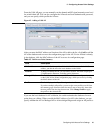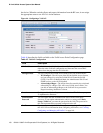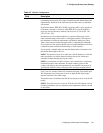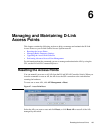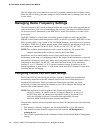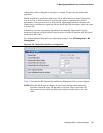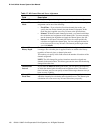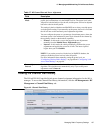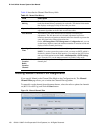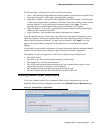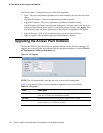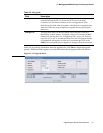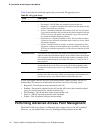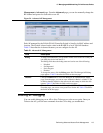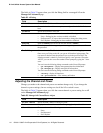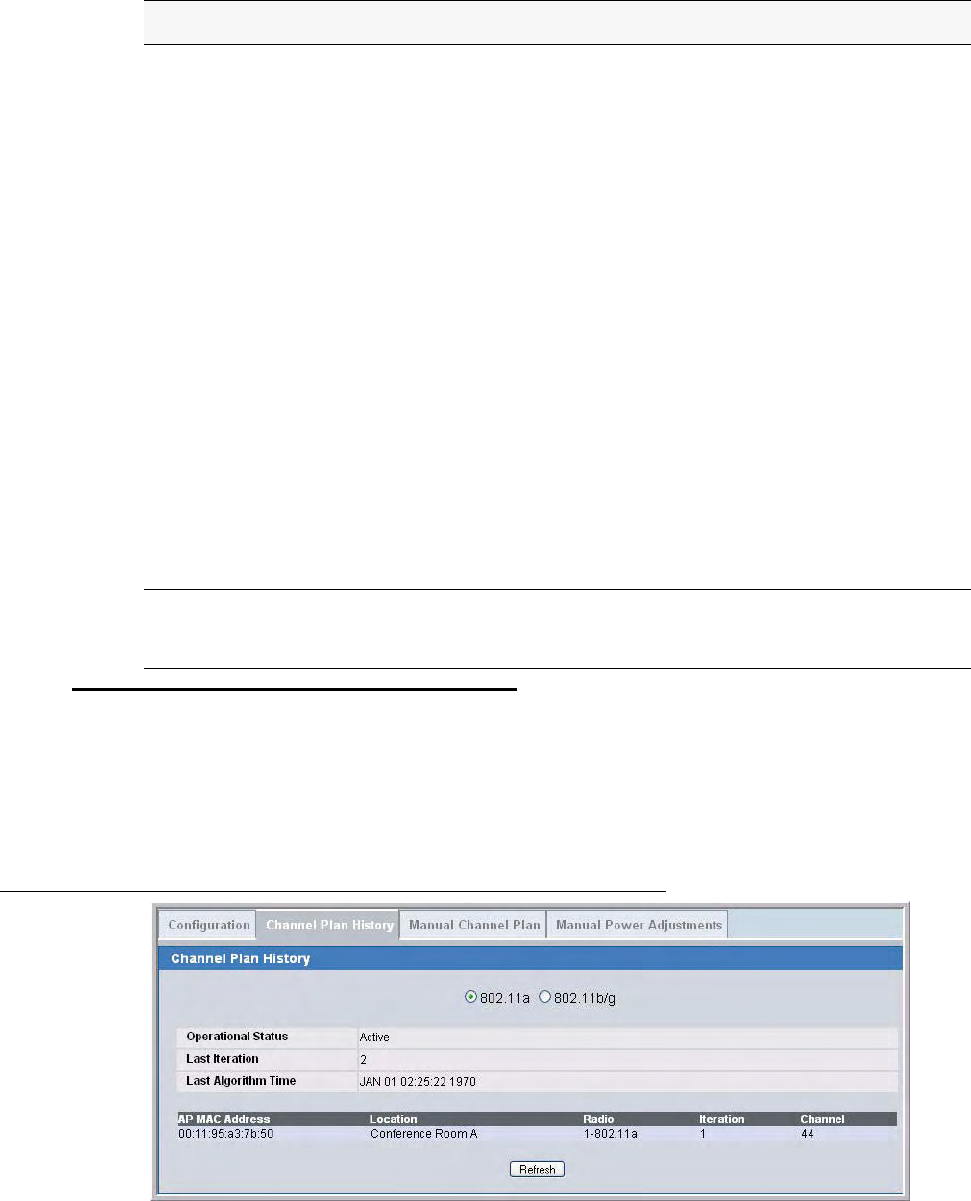
Managing Radio Frequency Settings 107
6 Managing and Maintaining D-Link Access Points
Viewing the Channel Plan History
The D-Link WLAN Controller Switch stores channel assignment information for the APs it
manages. To access the Channel Plan History information, click the AP Management > RF
Management > Channel Plan History tab.
Figure 49. Channel Plan History
Power Adjustment
Mode
You can set the power of the AP radio frequency transmission in the AP
profile, the local database or in the RADIUS server. The power level in the
AP profile is the default level for the AP, and the power will not be adjusted
below the value in the AP profile.
The settings in the local database and RADIUS server always override power
set in the profile setting. If you manually set the power, the level is fixed and
the AP will not use the automatic power adjustment algorithm.
You can configure the power as a percentage of maximum power, where the
maximum power is the minimum of power level allowed for the channel by
the regulatory domain or the hardware capability.
• Manual—In this mode, you run the proposed power adjustments
manually from the Manual Power Adjustments page.
• Interval—In this mode, the switch periodically calculates the power
adjustments and applies the power for all APs. The interval period
begins when you click Submit.
NOTE: If you set the power level in the local or RADIUS database, the
settings override the power level set in the AP profile.
For more information about manually setting the power level, see
“Configuring Wireless Radio Settings” on page 80 and “Configuring Valid
Access Point Settings” on page 98.
Power Adjustment
Interval
This field determines how often the switch runs the power adjustment
algorithm. The algorithm runs automatically only if you set the power
adjustment mode to Interval.
Table 17. RF Channel Plan and Power Adjustment
Field Description



